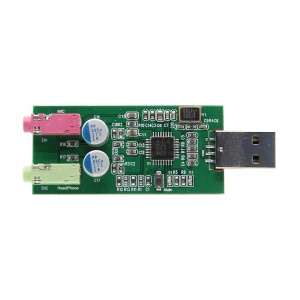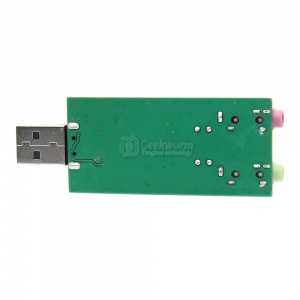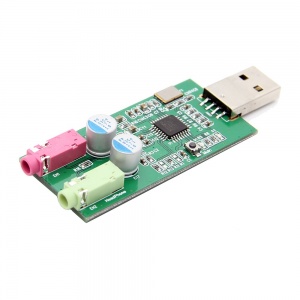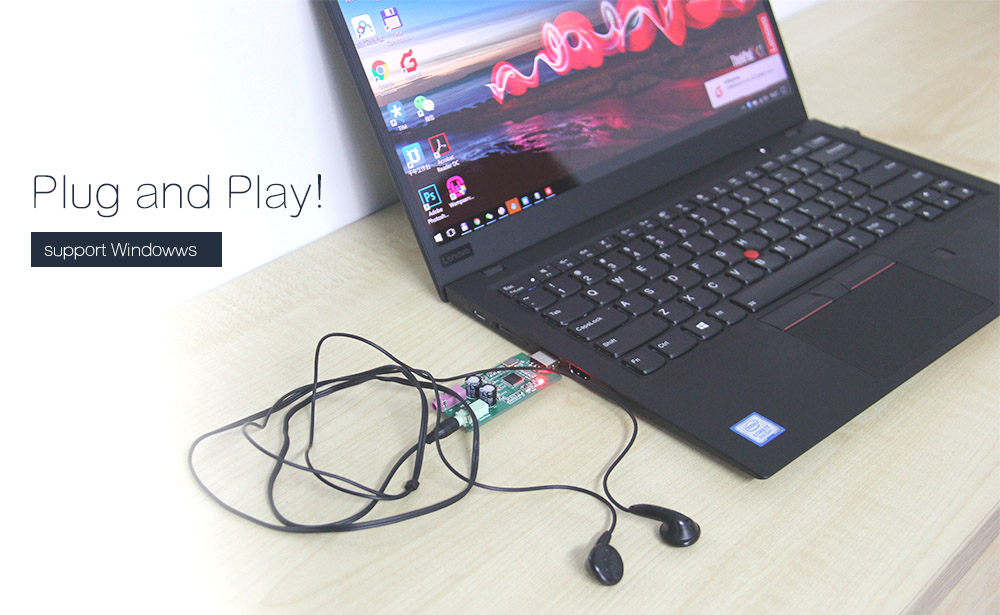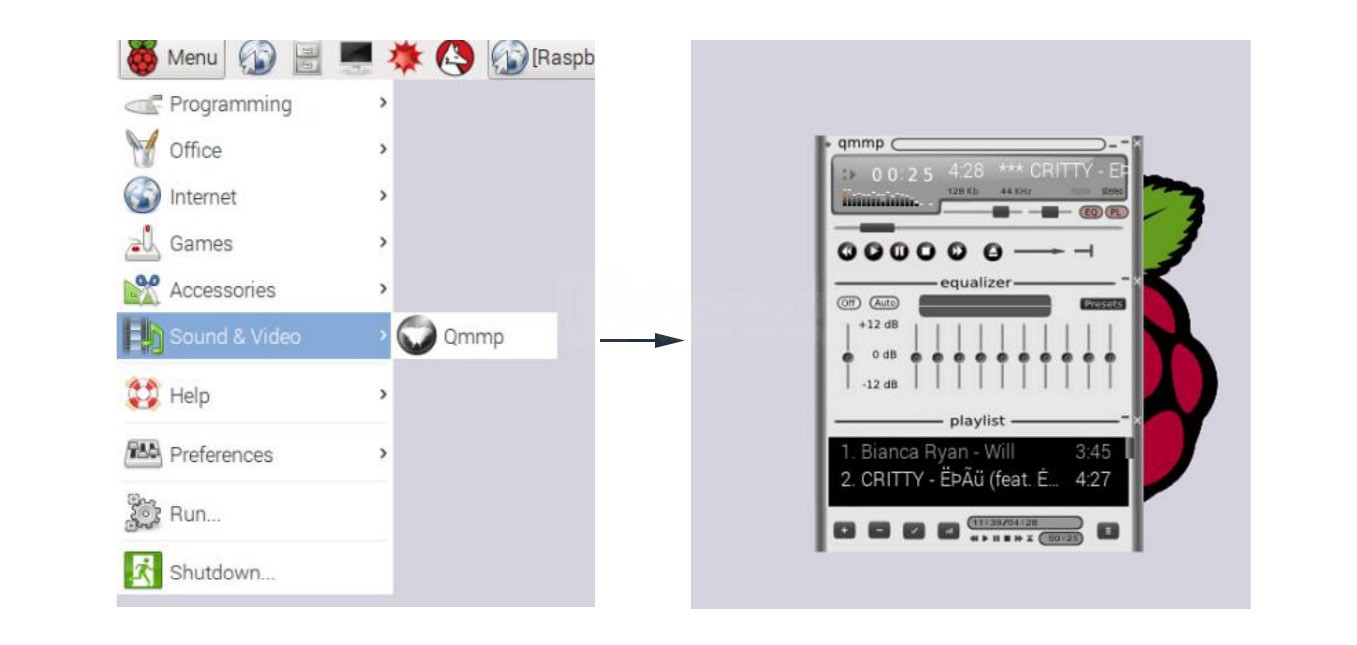UAC
Contents
Overview
- It adopted the Texas Instruments single-chip PCM2912A, USB stereo audio codec with a USB, 2.0-compliant, full-speed protocol controller and an Active Front End (AFE) function for headset applications.
- The USB protocol controller works with no softwarecode, but USB descriptors can be modified on
- request. The PCM2912A employs SpAct?architecture, TI’s unique system that recovers the audio clock from USB packet data. On-chip analog PLLs with SpAct enables independent playback and
- record sampling rates with low clock jitters.
Features
On-Chip USB Interface:
- With Full-Speed Transceivers
- Fully Compliant With USB 2.0 Specification
- Certified By USB-IF
- Partially Programmable Descriptors
- Adaptive Isochronous Transfer for Playback
- Asynchronous-Isochronous Transfer for Record
- Bus Powered
16-Bit Delta-Sigma ADC and DAC
Sampling Rate:8, 11.025, 16, 22.05, 32, 44.1, or 48 kHz
Mono ADC with Microphone Input:
- Analog Performance at VBUS = 5 V:
- THD+N: 0.01%
- SNR: 92 dB
- Dynamic Range: 90 dB
Stereo DAC With Headphone Output:
- Analog Performance at VBUS = 5.0 V
- THD+N: 0.01% (RL > 10 kΩ)
- THD+N: 0.02% (RL = 32 Ω)
- SNR: 92 dB
- Dynamic Range: 90 dB
Packin List
- 1 x PCM2912-UAC USB Audio Card
Note: The Raspberry Pi 3 model b motherboard is not included.
Support Windows System
Testing under Raspberry
1/ Viewing system playback device:
pi@raspberrypi:~$ sudo aplay -l
**** List of PLAYBACK Hardware Devices ****
card 0: ALSA [bcm2835 ALSA], device 0: bcm2835 ALSA [bcm2835 ALSA]
Subdevices: 8/8
Subdevice #0: subdevice #0
Subdevice #1: subdevice #1
Subdevice #2: subdevice #2
Subdevice #3: subdevice #3
Subdevice #4: subdevice #4
Subdevice #5: subdevice #5
Subdevice #6: subdevice #6
Subdevice #7: subdevice #7
card 0: ALSA [bcm2835 ALSA], device 1: bcm2835 ALSA [bcm2835 IEC958/HDMI]
Subdevices: 1/1
Subdevice #0: subdevice #0
card 1: Device [PDP Audio Device], device 0: USB Audio [USB Audio]
Subdevices: 0/1
Subdevice #0: subdevice #0
2/ Viewing system record device:
**** List of CAPTURE Hardware Devices ****
card 1: Device [PDP Audio Device], device 0: USB Audio [USB Audio]
Subdevices: 1/1
Subdevice #0: subdevice #0
3/ Playback test:
pi@raspberrypi:~$ speaker-test -Dplughw:CARD=Device -c2 –twav
you can hear : Front Left Front Right from headset.
4/ Record test:
We can use below instruction record the MIC input to file test.wav.
pi@raspberrypi:~$ arecord -Dplughw:CARD=Device -fcd –c1 -twav test.wav
Testing under Raspberry
- 1/ Download debian system, burn into TF card.
- 2/ Install the music player:
Sudo apt-get install Qmmp. After the installation ,we can find the player under the menu bar
- 3/ Set UAC Module (PDP Audio Card) as default system Audio card in Preferences,and reboot
Download
User Manual: File:UAC manual-1.pdf
PCM2912A DATA: File:PCM2912A.pdf
